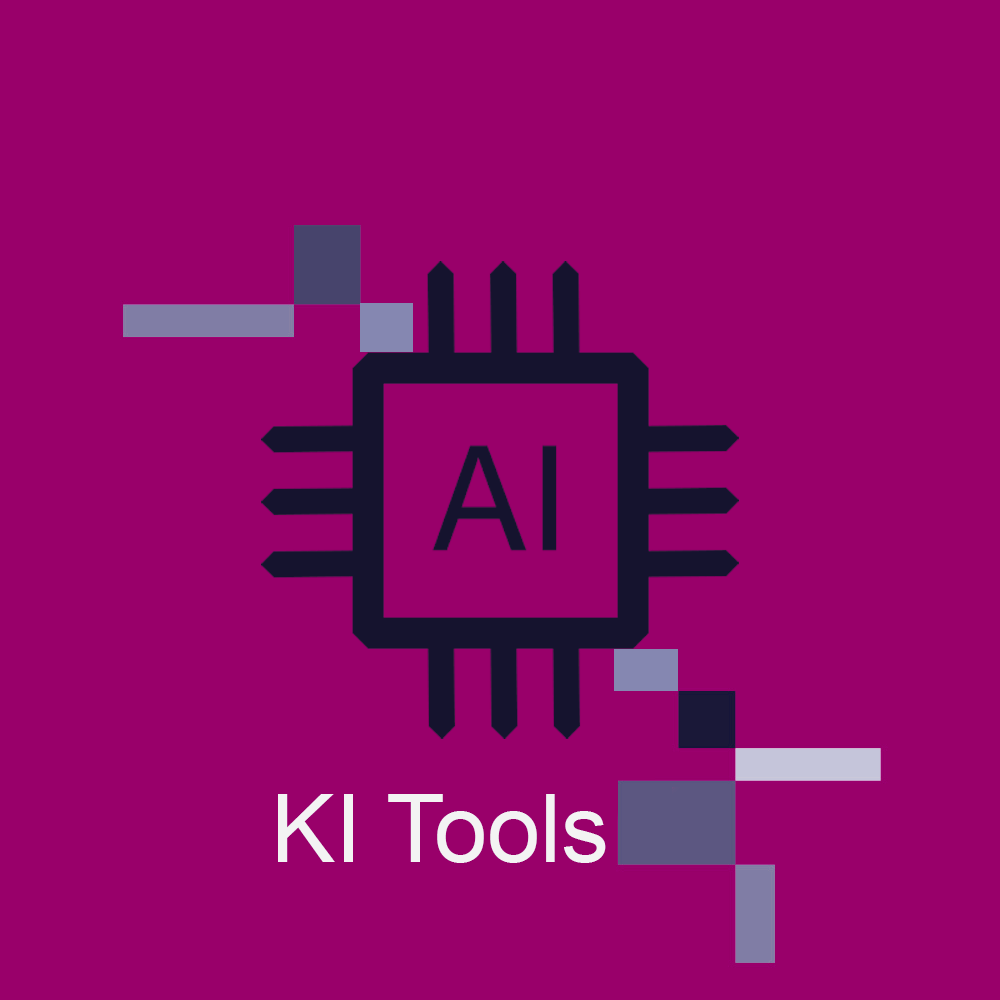With the "Deus Ex Machina? — Testing AI Tools"-series we want to show you different tools, that aim to simplify writing, design and research by using Artificial Intelligence. More on the "Deus Ex Machina?"-series can be found here.
Overview
"Helping people become more creative" is the motto of Ideogram.ai, one of many online image generation tools that have recently emerged on the internet. But how does Ideogram.ai differ from Adobe Firefly, Stable Diffusion, Midjourney, and other providers of similar services?
Ideogram.ai is the first AI that can generate images with text. The advantage: instead of manually overlaying text on an existing image, both the image and text are generated in a single process. For each prompt entered into the search bar, you receive four images. One of these four generated images is selected as the cover photo and displayed to all users on the Ideogram.ai homepage. Clicking on one of these photos allows you to view the alternative versions as well.
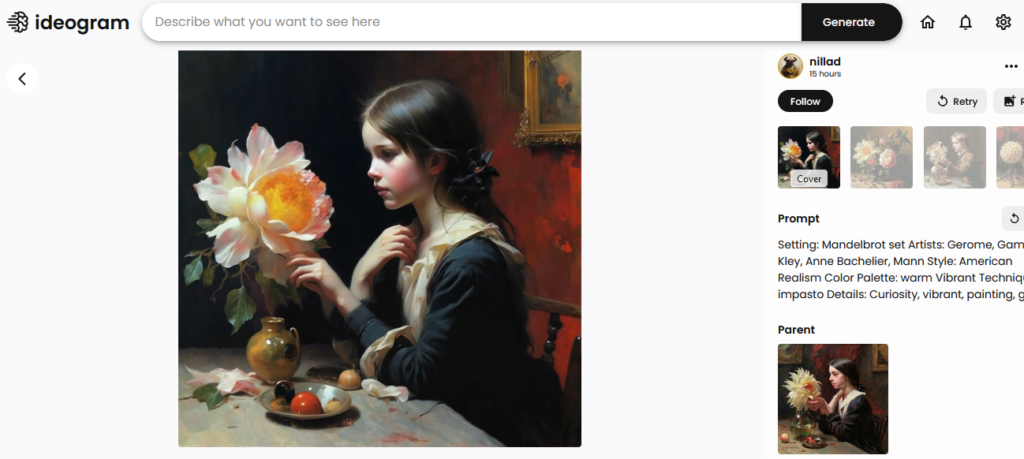
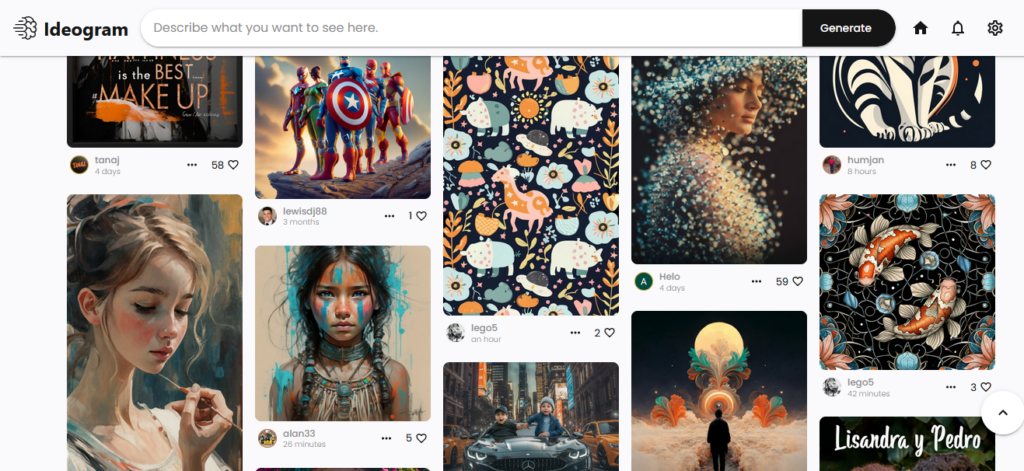
The website allows users to download not only their own images but also those of other users, as long as they are using the free version. In addition to the free access, there is also a basic version, which costs $7 USD per month, a plus version for $16 USD per month, and a pro version for $48 USD per month . The subscriptions mainly differ in the number of prompts that can be used per day and the quality of the downloaded images, measured in pixels.
Ideogram.ai offers various formats and styles for creating images. The font can also be customised as desired. This allows even a short prompt to be refined to achieve results that better match the desired stylistic direction. For those who like to experiment, there is also the "Lucky Style" feature, which generates a style randomly.

To convert a text into written form instead of visual, it needs to be enclosed in quotation marks. This can also be observed in the example prompts used for this article.
The AI behind the application
Ideogram.ai was co-founded by former employees of Google Brain, UC Berkeley, and the University of Toronto, Mohammad Norouzi, Chitwan Saharia, William Chan, and Jonathan Ho. With a starting capital of $16.5 million raised through seed funding, the tool was launched in August 2023. Ideogram.ai offers a wide range of artistic styles, from lifellike cinematic images to graffiti and comic or anime styles. The results can look like this:
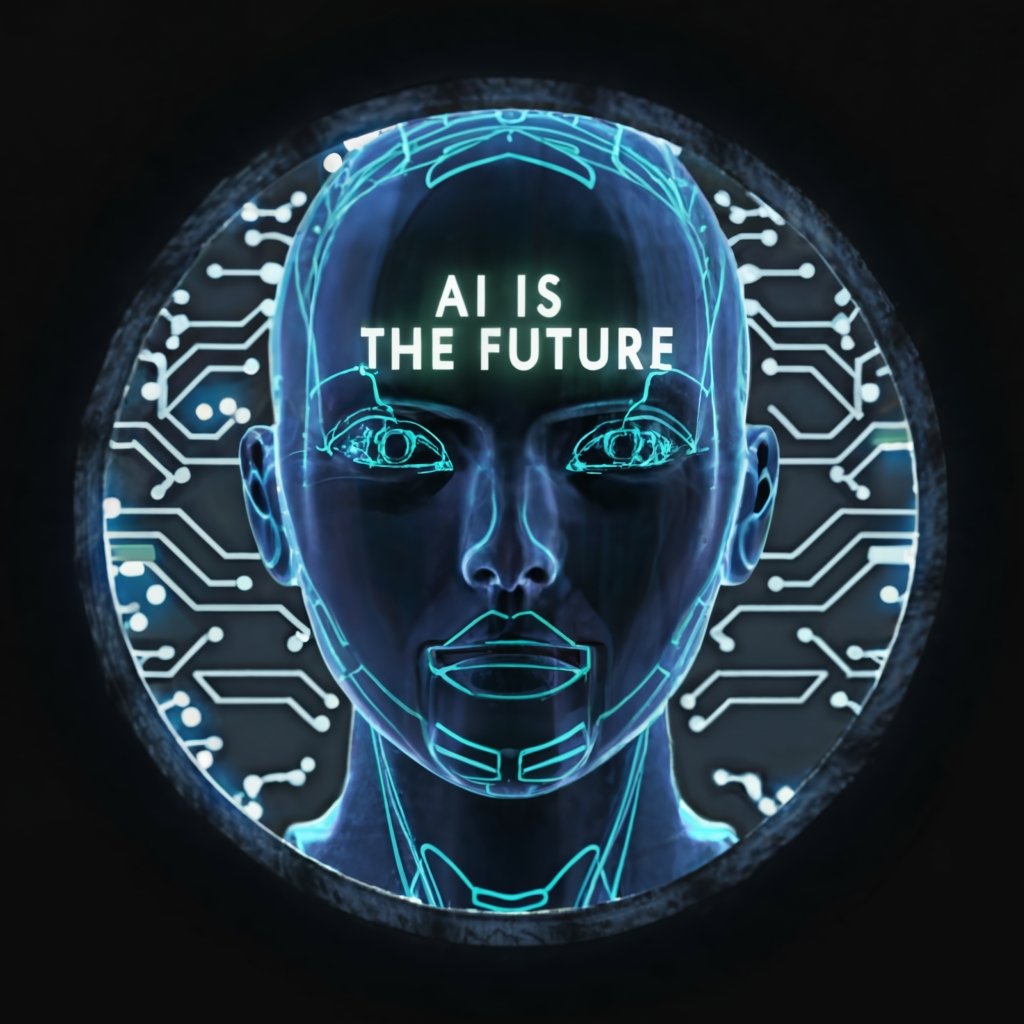
It must not be forgotten, however, that the AI is still very young — and also improvable. The premise of generating images with text sounds promising. Nevertheless, it should be noted when using the application that the AI is still in its early stages and may make some errors. In particular, the tool does not always handle long prompts appropriately, especially when a lot of text or complicated words are used. In a self-experiment, some funny, but unfortunately also 'useless' images were created. The results of the remix function, where new images can be created based on already created images, are particularly often unsatisfactory.

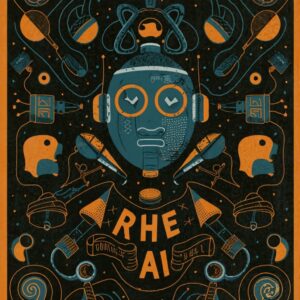
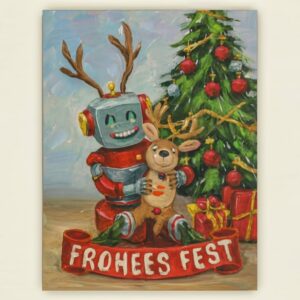

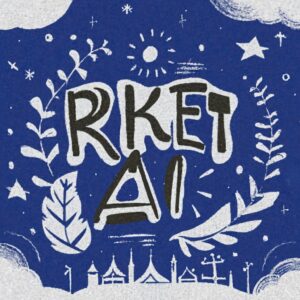
Shortly after its initial release, Ideogram.ai already had 1.1 million users, and by early October 2023, the AI had created around 80 million images. Users sometimes have to wait up to 30 seconds or longer for the desired images to be created, as the server is often overloaded. Frustration with this is evident in several prompts used by users, which create images of protesterts holding signs such as "YOU NEED MORE SERVERS".

Since February 2024, Ideogram 1.0 has been available free of charge to all users. A new feature of this enhances version is the so-called Magic Prompt, which can be toggled on and off as desired. The Magic Prompt is essentially an extended version of the user's own prompt, which is automatically added by the AI during the creation of the 4‑image series.

Magic Prompt: A playful and adorable cat, sticking out its tongue with a mischievous grin, is seen in the center of a vibrant and colorful poster. The cat is surrounded by a variety of objects, such as a rainbow, a sun, and a smiling moon, with a cheerful and energetic atmosphere. The overall design is eye-catching and perfect for a lighthearted and fun setting, poster | Model: Ideogram 1.0
The rhetoric potential of the tool
Ideogram.ai is particularly well-suited for graphic designers, social media content creators, or anyone looking to quickly create logos, posts, flyers, etc. The tool is easy to learn, and coming up with and typing a prompt is not difficult. Sutdents and even school pupils can also benefit from it, as well las private individuals who enjoy AI image generators. However, commercial use is prohibited. The ability to choose from different styles also allows for personalisation of the results. A prompt can thus take on different forms:

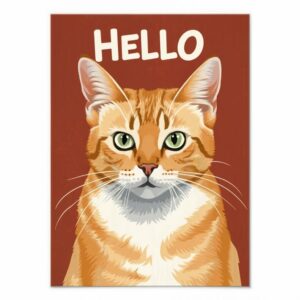

Various colours and shapes are also no problem for Ideogram.ai. While the selectable styles are available with other AI image generators, the final designs differ in type and design. Typically, the images do not depict faces or bodies disproportionately (i.e., providing incorrect image information, such as too many fingers on a hand). This raises the question of how far the remix function can be pushed. For this self-experiment, the middle image of the orange cat 1 above, the so-called "parent" image (prompt: an orange cat saying "Hello", poster | Model: Ideogram 0.2), is sent through the remix function multiple times. Unplanned, a black cat 2 joins the first with the remix. In the first remix, instead of an orange cat 1 and a black cat 2, an orange-black cat 3 appears. In the second remix, the style also changes and the image significantly loses quality. Additionally, another orange cat 5 grows out of the orange-black cat 4. In the third remix, the text changes from "Hello" to "Hello you." The results can be seen here:

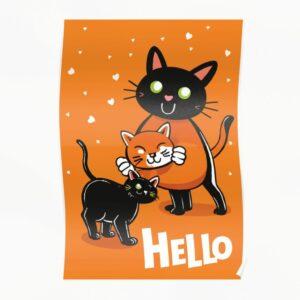
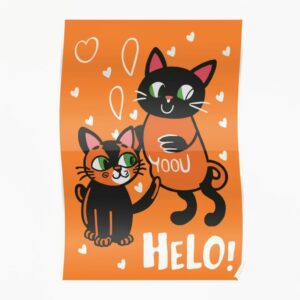
On the one hand, it is problematic that the entered texts are often not displayed correctly. Another issue is that although there is currently no copyright on the images created by the AI, commercial use is still prohibited, as there may be copyright on them in the future. This clearly reduces the usefulness of the AI, especially for graphic designers, who can therefore use the tool more for inspiration rather than for creating finished products.
Can Ideogram.ai therefore only function as an idea generator or for
private enjoyment? Is this AI just a fun hobby, a nice decoration piece
for university presentations, or is there more to it?
On the other hand, experimenting with sentences and words (the prompts) enhances one's creativity. Due to the addition of text, prompts need to be rethought and adjusted compared to other image generators to achieve the desired outcome. The previously mentioned remix function also assists users who are not yet proficient with crafting the right prompts. Additionally, users can always look at other users' prompts by browsing through the images on the homepage and viewing the associated prompts. Until February 2024, the AI did not suggest example prompts itself. Thus, the (passive) exchange within the community has rather fostered the development of the AI. Now, the previously mentioned Magic Prompts can assist users if desired. They make it easier to obtain creative results but also limit the users' own creativity. Therefore, it is important that users can decide whether to enable or disable the Magic Prompts.
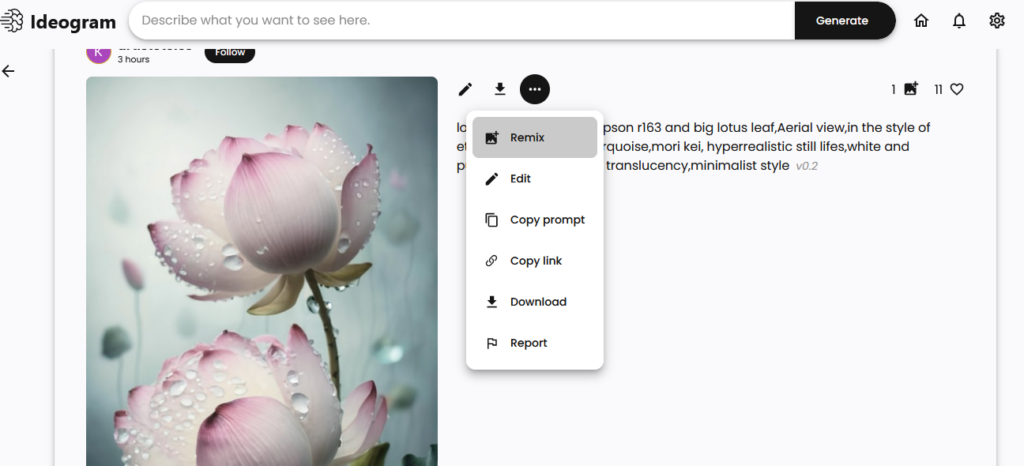
It is worth mentioning that the AI currently only works in English but can transfer text in other languages onto an image. The AI can reproduce the words (correctly or incorrectly), but it evidently does not "understand" them.
Usage in science communication
Concrete applications in science communication are not about creating graphics or example images, but about creating images that can illustrate concepts without claiming to represent the truth. Ideogram.ai can provide various interpretations of a cross-section of the Earth:
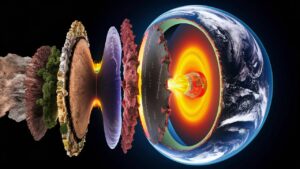

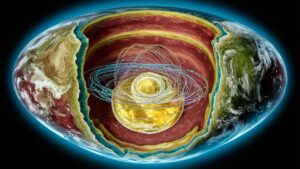
| Image | Prompt | Magic Prompt |
| Example 1 | cross-section of the earth, scientifical | A captivating cross-sectional image of the Earth, depicting its various layers, including the crust, mantle, outer core, and inner core. The crust is shown with diverse landforms, such as mountains, deserts, and forests. The mantle, with its darker hue, has convection currents that drive tectonic plate movement. The outer core, composed of molten iron and nickel, is surrounded by the solid inner core. The Earth's core is an intense environment, with extreme pressure and temperature conditions. |
| Example 2 | Cross-section of the earth, cinematic | / |
| Example 3 | Cross-section of the earth | A stunning cross-section of the Earth, revealing its layers in intricate detail. The crust, mantle, and core are clearly visible, with the mantle being divided into the upper and lower mantle. The core consists of the dense inner core and the less dense outer core, surrounded by the Earth's crust. The image is color-coded, with the crust in shades of green and brown, the mantle in shades of red and orange, and the core in shades of yellow and gold. The Earth's magnetic field lines are depicted in blue, spiraling around the molten outer core. |
Especially in this context, the new feature of the Magic Prompt can be very helpful if one does not yet have a clear idea of the end result. The images are of high quality, but sometimes more fantastical and creative than strictly scientific. Depending on the context and environment in which one wants to use the graphics, they can be more or less useful.
Graphics such as a pie chart are not really feasible to create with Ideogram.ai. Using the prompt "pie chart, 65% like cats, 25% like dogs, 10% like fish" does generate a pie chart, but not with the desired distribution.
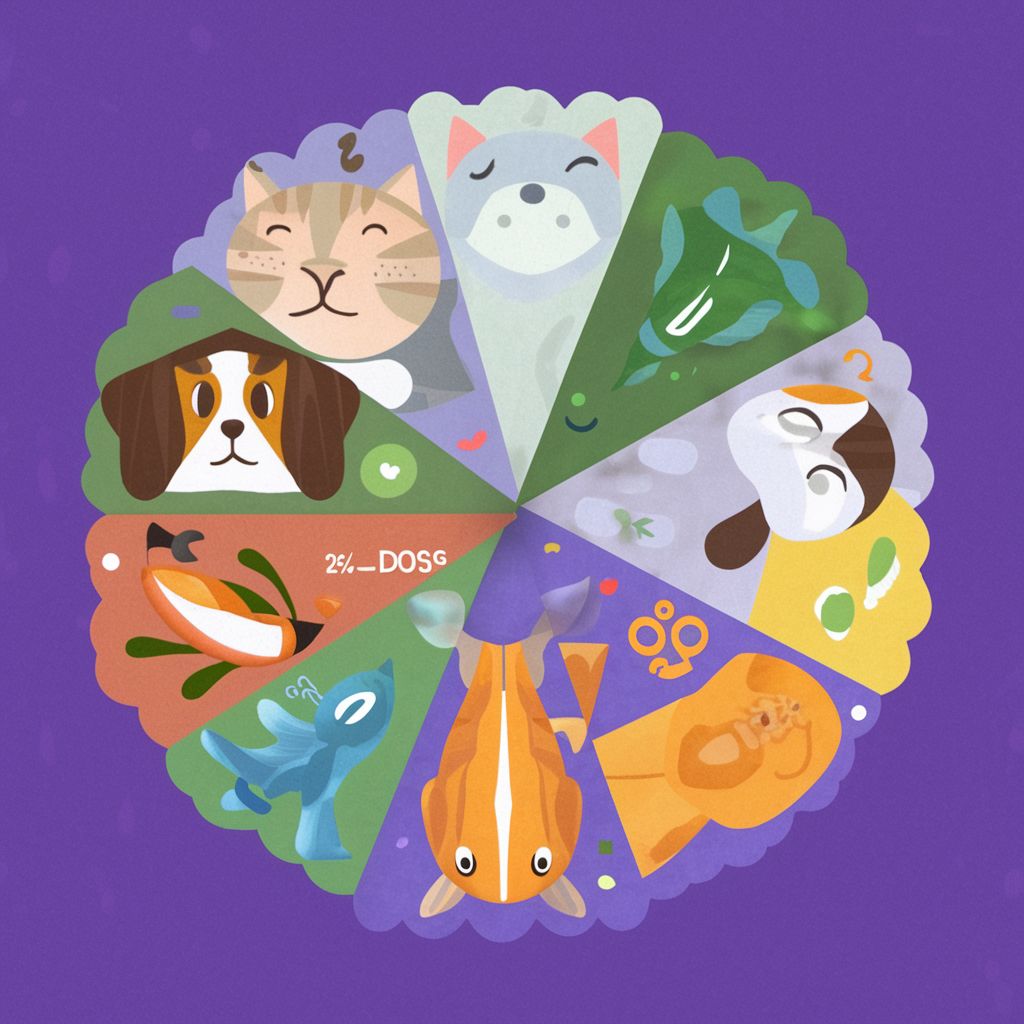
Even after reformulating the prompt to "pie chart with 65% cats, 25% dogs, 10% fish" and experimenting with and without the Magic Prompt, the desired result is not obtained.

It seems that Ideogram.ai is not yet able to create diagrams. Additionally, it must be reiterated that images from Ideogram.ai cannot be used commercially. Therefore, for example, they cannot be used by magazines engaged in science communication.
Wrap-up
In summary, Ideogram.ai stands out for its versatility, simplicity, and accessibility. With some experimentation, users can achieve unique and beautiful image results in the desired style. However, using prompts independently (without Magic Prompts) requires practice and patience, and users may not always achieve the desired results. While Magic Prompts simplify the process, they can also be misleading and produce results that have little to do with the original intention of the users. Therefore, the tool is particularly suitable for those who are open to various outcomes and do not have a specific outcome in mind.
The creators of Ideogram.ai are the first to take the initiative to develop a text-to-image AI. This makes Ideogram.ai unique among image generators (for now).

